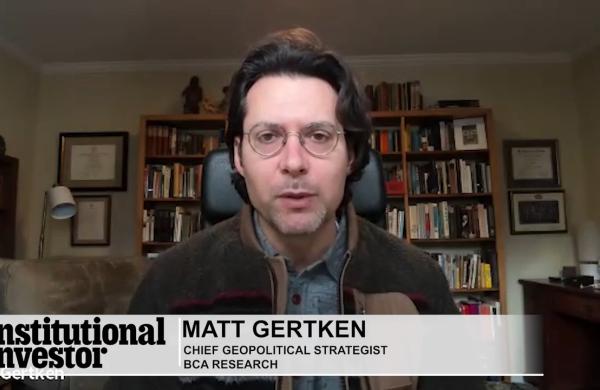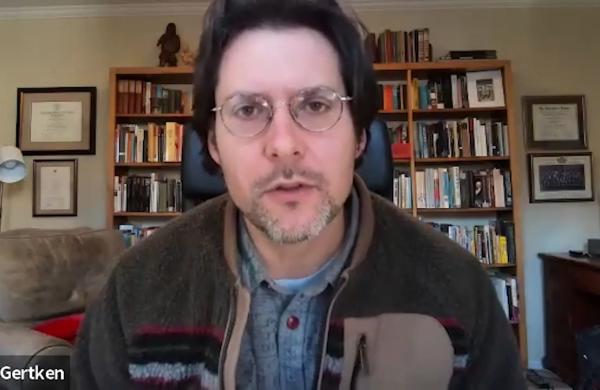The Centre for Economic Policy Research, a London-based think tank, recently ranked the reports of 21 central banks that do inflation-targeting, using clarity and comprehensiveness as the criteria. Nos. 1 and 2 were no surprise: the Bank of England and the Reserve Bank of New Zealand. The third-place finisher, however, raised a few bankerly eyebrows: Banco Central do Brasil.
BCB's director of economics, Ilan Goldfajn, says that the recognition reflects the efforts of a central bank struggling to establish its credentials as an inflation fighter. "To maintain credibility, you have to communicate better," says the 37-year-old, MIT-trained economist, who oversees production of the BCB's quarterly inflation reports.
To reassure financial markets and foster a low-inflation culture, Goldfajn takes pains to set forth the reasoning behind the bank's policies and actions in inflation reports and other publications. His literary inspiration: the Bank of England's copious communications.
But like the Booker Prize, which is dedicated to fiction, the policy research center's award does not concern itself overmuch with reality. After the real's 39 percent depreciation last year and big hikes in government-administered prices, Brazil's inflation rate is in fact surging, reaching 16.6 percent in March -- nearly double the BCB's target.
"I think we have a lot of work to do," acknowledges Goldfajn. He himself is leaving the bank this July to join the private sector, following a flap between the BCB and the Lula administration over interest rate policy.




